- Furniture Decor
- 0 Comments
Design that withstands the test of time always captures our attention, but there's something thrilling about embracing the latest trends in furniture. Refreshing your living space with contemporary elements can be both invigorating and inspiring.
Whether you’re on the hunt for a new sofa, an elegant side table, or if you're just curious about the upcoming trends in furniture design, this is an opportune moment to explore these ideas. Updating your current collection could be the perfect way to breathe new life into your home.
We've assembled a comprehensive list of the most crucial furniture trends to help you select the ideal pieces for your abode. This guide provides expert insights into the most fashionable and sought-after options available today.
Top Furniture selected products
| Image | Description | Link |
|---|---|---|
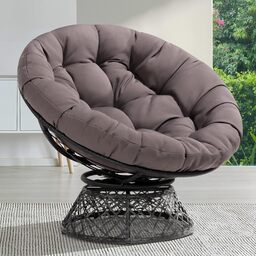
|
Experience comfort and style with the Bme 40" Ergonomic Wicker Papasan Chair:
This versatile chair is a stylish addition to any room, easy to assemble, and comes with all necessary accessories and excellent customer support. |
View on Amazon |
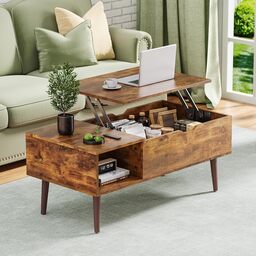
|
Upgrade your space with the OLIXIS Modern Lift Top Coffee Table:
This coffee table is easy to assemble with included tools and instructions, making it a stylish and functional addition to any living room. |
View on Amazon |
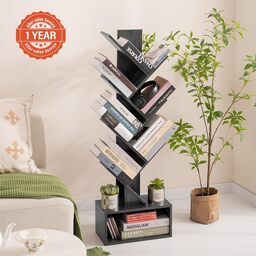
|
Discover the versatility of the Yoobure Tree Bookshelf:
Easy to assemble and clean, this bookshelf is a practical and stylish addition to any room. |
View on Amazon |
Luxurious Stone Accents
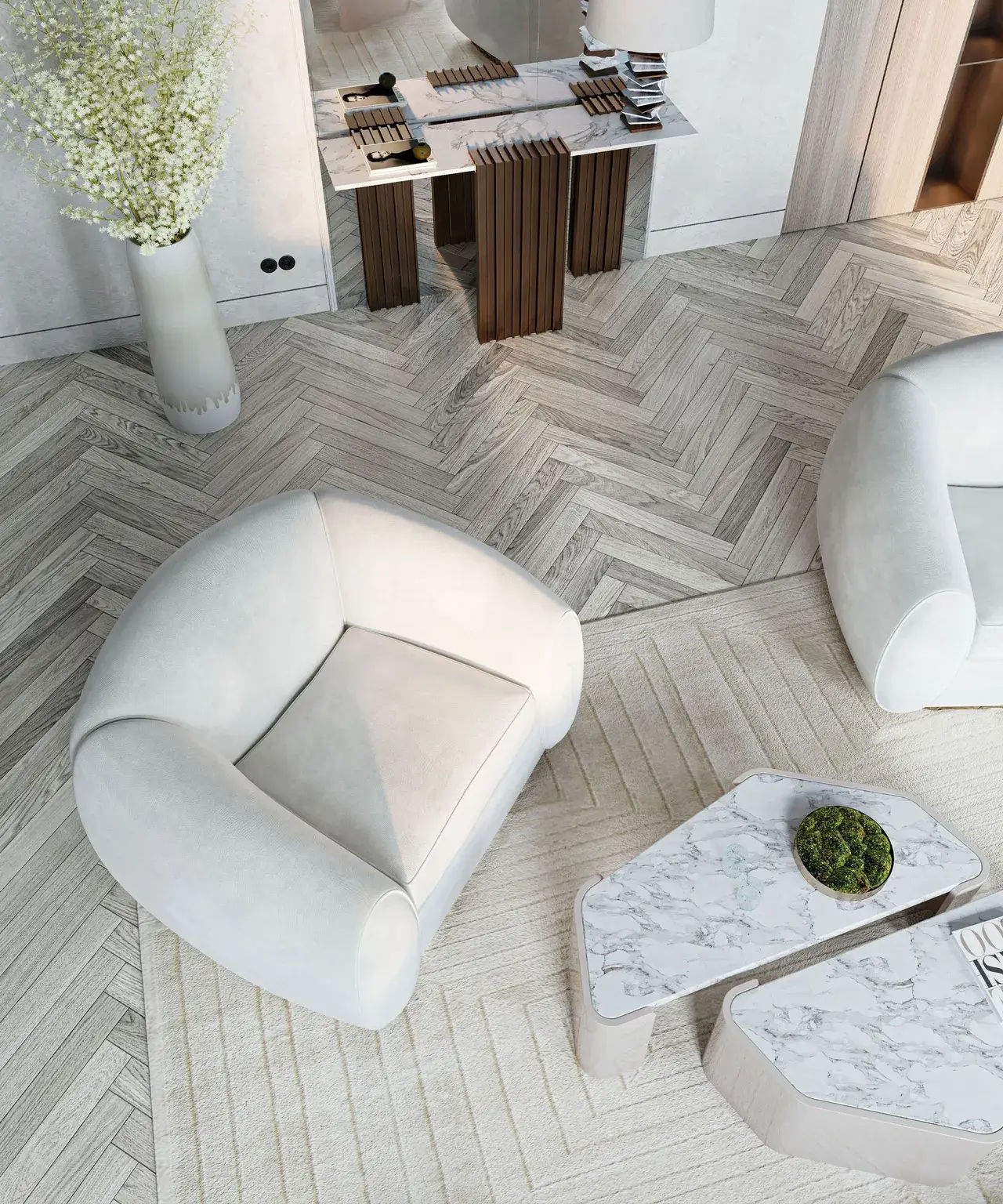
Natural stones like marble and granite have always been a hallmark of sophisticated interior design. Traditionally seen in kitchens and bathrooms, these elegant materials are now making a significant impact in living areas and bedrooms as well.
Embracing Curved Designs
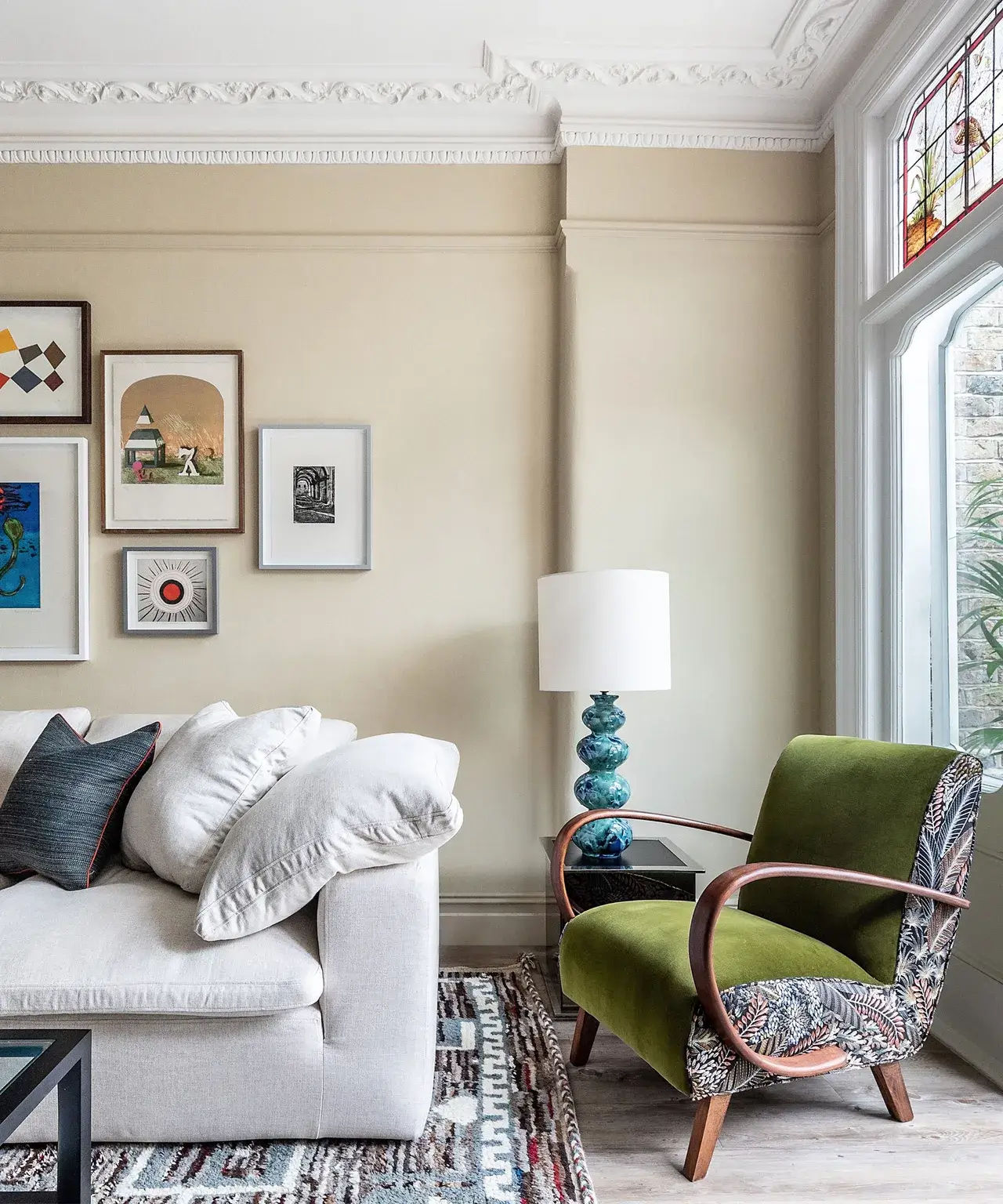
Today's homes are designed as sanctuaries for relaxation and social interaction. In such settings, rigid lines and strict geometries can create a cold and unwelcoming atmosphere.
The remedy? Curved furniture. Incorporating pieces with rounded edges or plush, curved forms can transform the ambiance of a room, making it feel more inviting and warm. Juliette Thomas, founder and director of Juliettes Interiors, anticipates that 'curved furniture, particularly sofas and armchairs, will remain a favored choice. They add a soft, luxurious touch to contemporary living spaces, often featuring light, airy colors and plush textures like cream shades and bouclé fabric.'
Revival of 70s Design
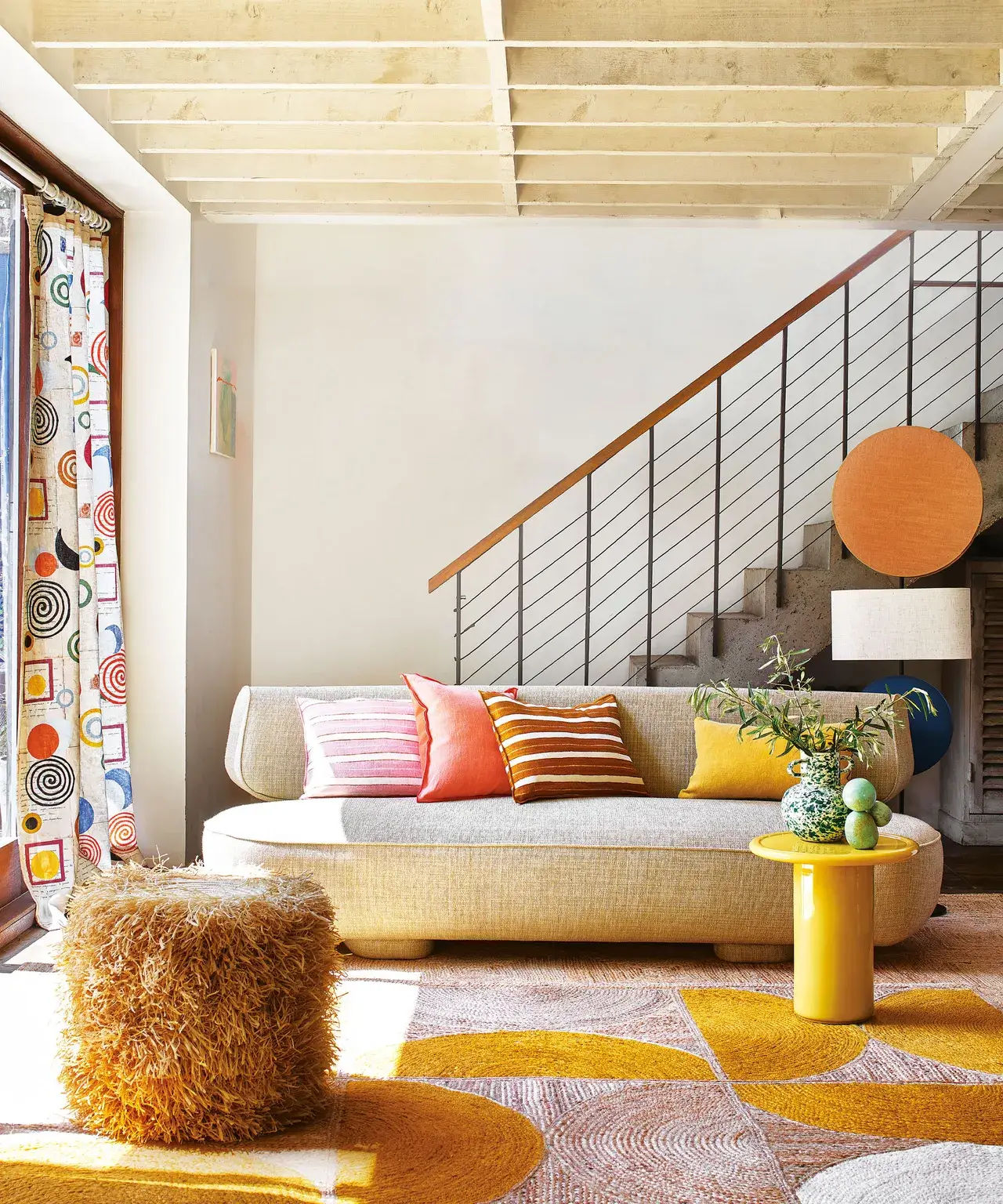
Martin Waller, the visionary behind Andrew Martin, reflects on the 1970s as 'the decade that taste forgot.' Yet, this once-overlooked era is making a striking comeback. 'We now appreciate the bold, energetic design and innovative spirit of the 70s,' Waller notes. Elements such as vibrant orange hues, acrylic coffee tables, and bronze accents are re-emerging in modern interiors.
Rediscovering Vintage Treasures
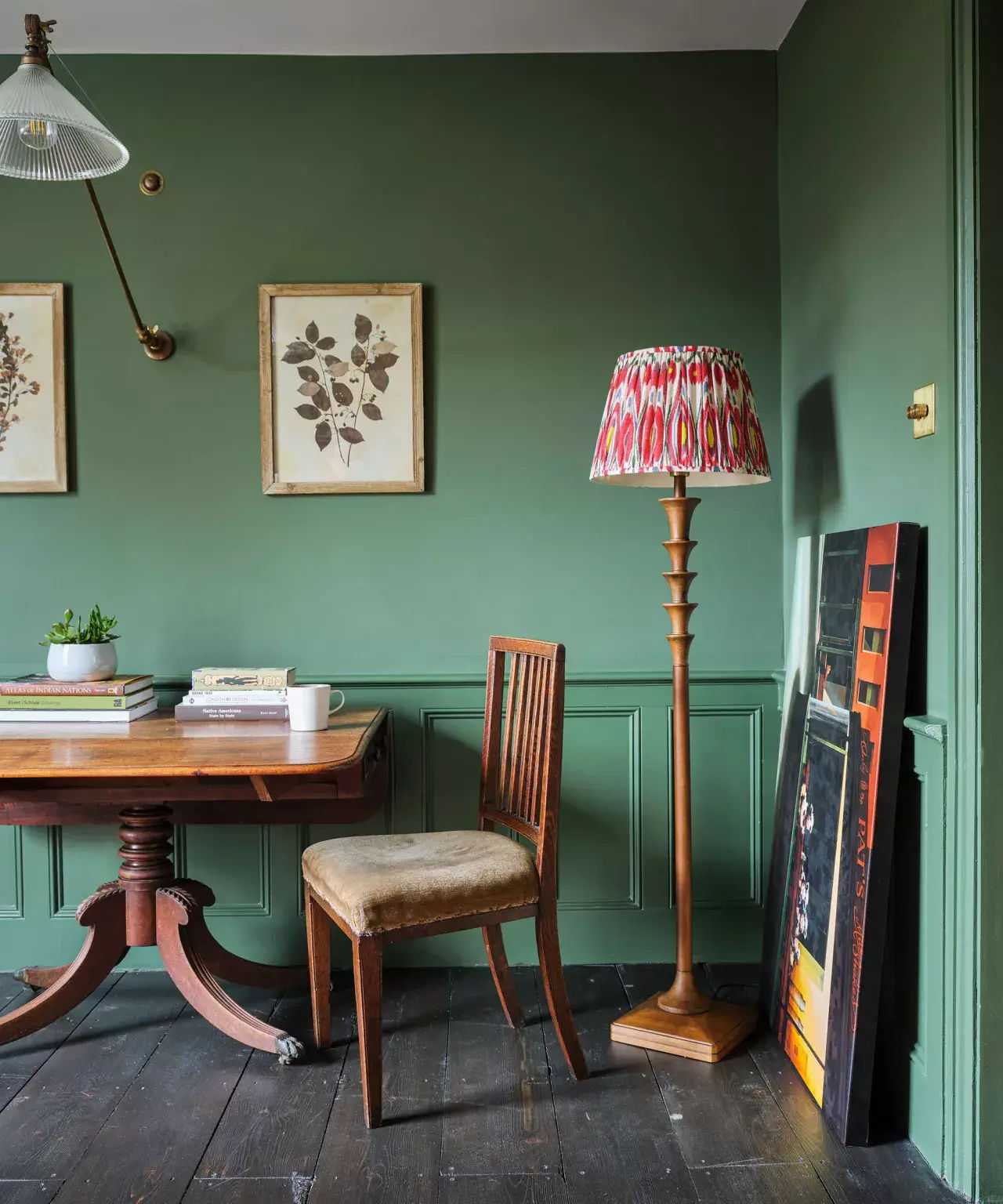
As sustainability takes center stage, vintage and pre-loved furniture are gaining renewed popularity. The unique character and charm of these pieces make them highly desirable, and many people are now integrating them into their homes with enthusiasm.
Modern Metallic Finishes
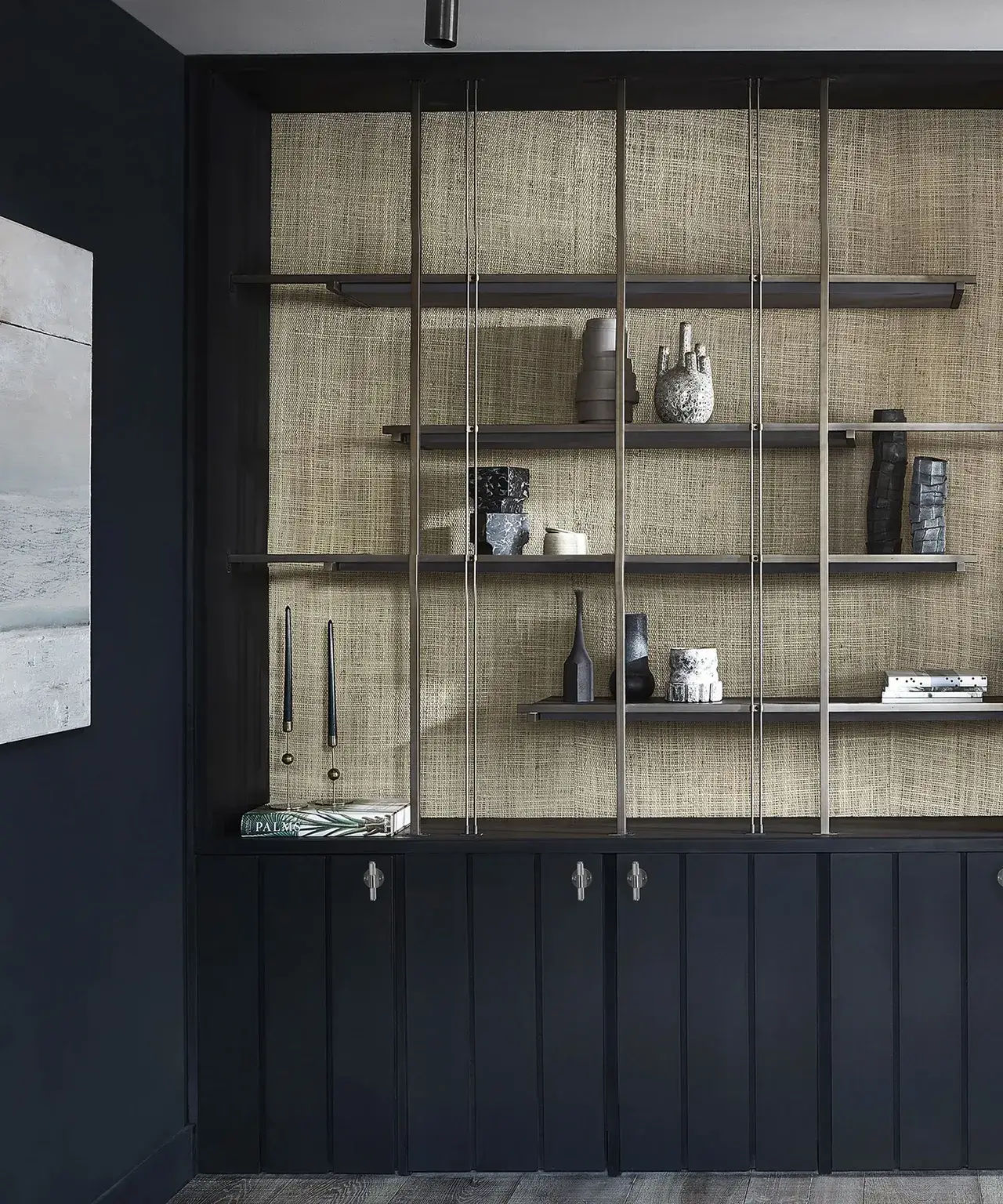
While metallic accents in home decor are not a new phenomenon, there's a noticeable shift from the once-popular brass and rose gold to cooler metallics like silver, chrome, and steel. These sleek finishes lend a modern, timeless touch to any interior.
Commitment to Sustainable Materials
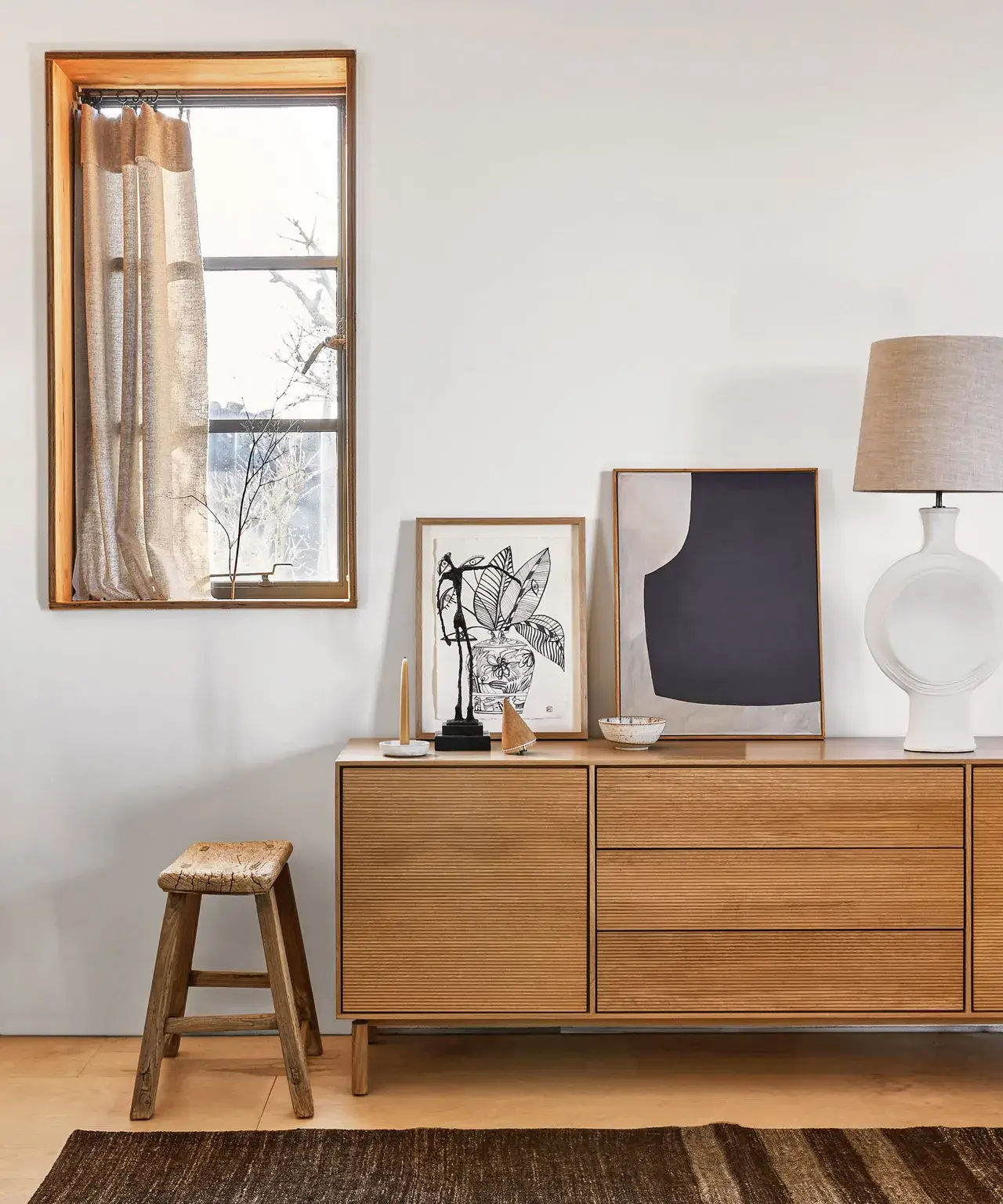
The push towards environmental responsibility is influencing furniture design significantly. From eco-friendly manufacturing methods to durable materials, sustainability is becoming an essential element of contemporary interior design.
Intentional Furniture Selection
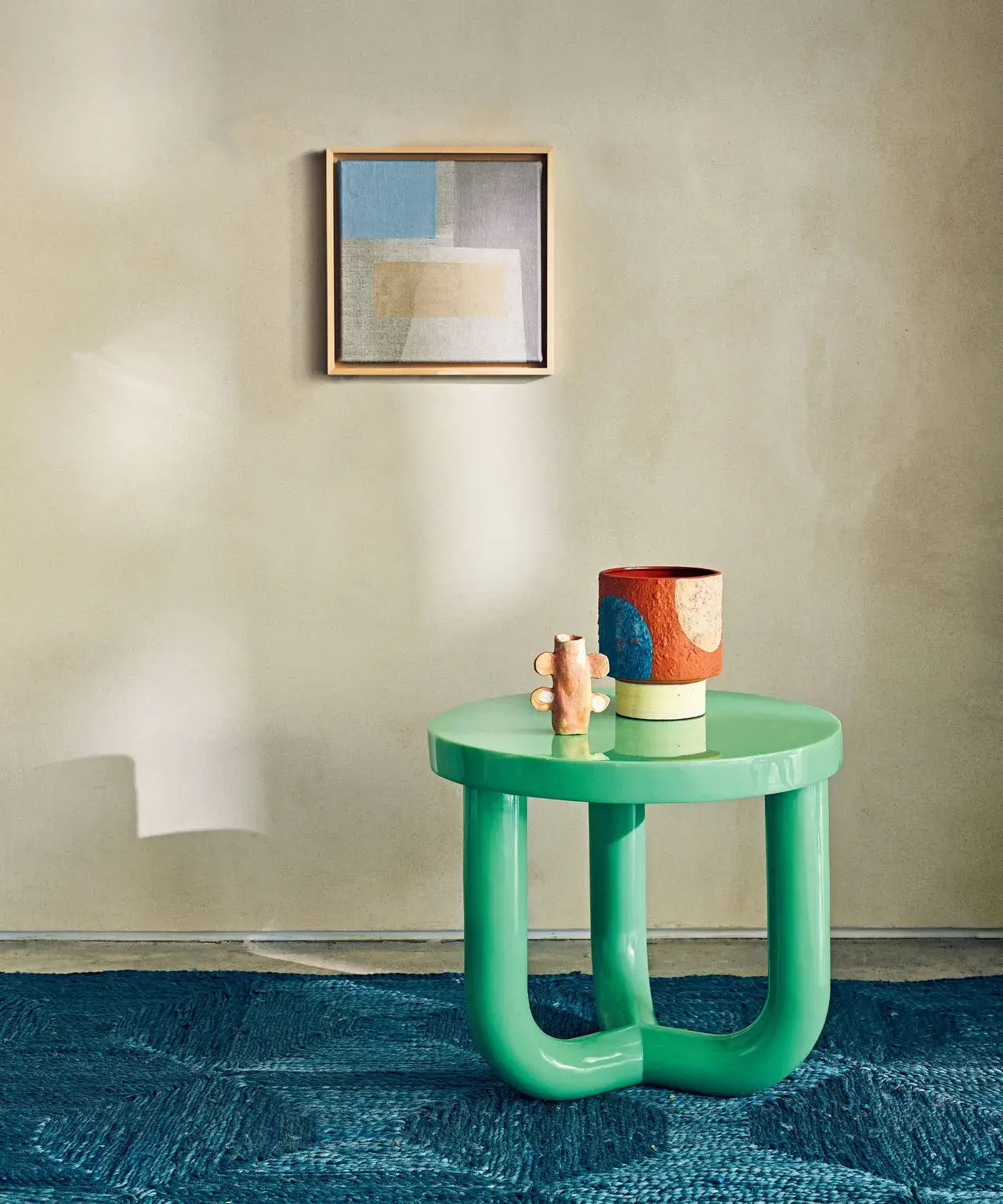
There's a growing trend towards meticulously curated furniture choices, where each piece is chosen with care to create a personalized and cohesive space. This trend reflects a blend of sustainability and individuality, harmonizing with other styles such as vintage finds and natural materials.
Biophilic Design Elements
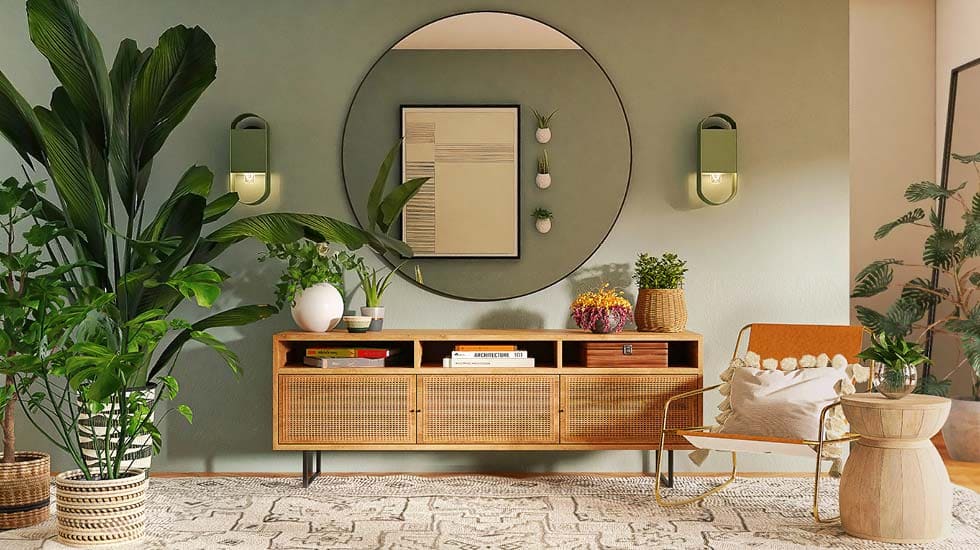
The renewed appreciation for natural materials like wood, wool, stone, and ceramics is more than just a nod to traditional craftsmanship. In a world overwhelmed by synthetic materials and digital experiences, natural textures offer a tactile connection that grounds and soothes us.
Kate Blee, a renowned texture artist, describes how 'natural materials provide a multi-sensory experience that touches something primal within us. Simple, unprocessed materials often evoke the deepest emotional responses — like the comforting sensation of touching soft rice flour.'
Biophilic design is rooted in the belief that humans have an inherent connection to nature. By incorporating natural elements into our built environments, we can achieve tangible improvements in our health and overall well-being.
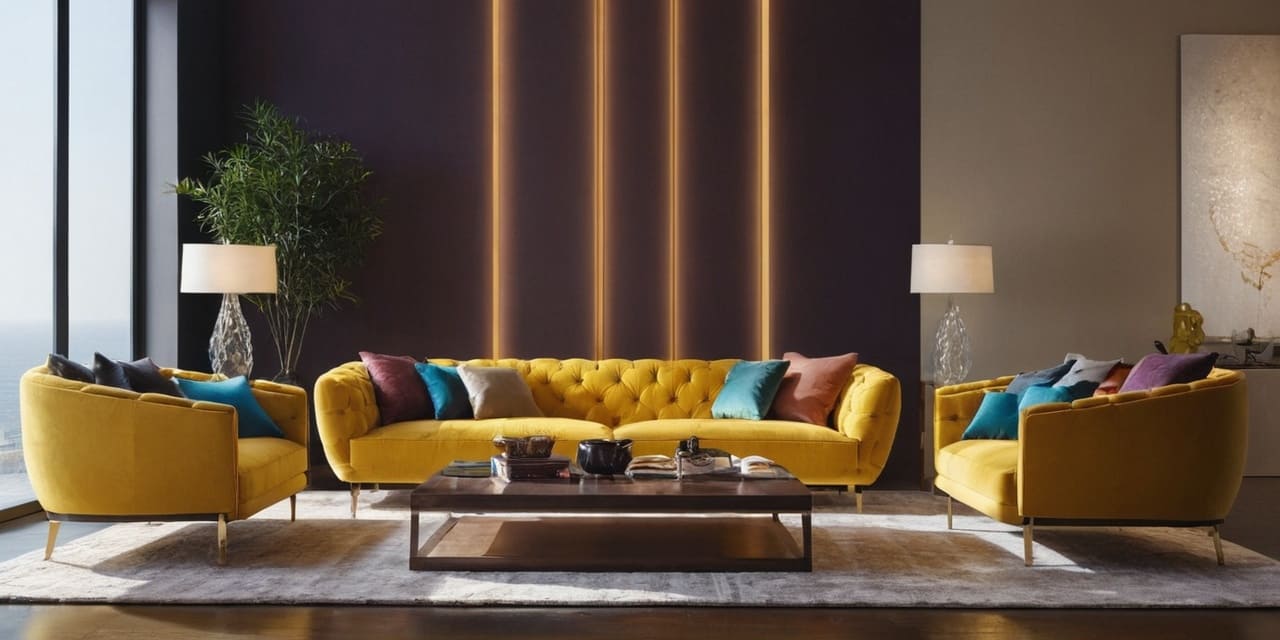

Leave a Reply